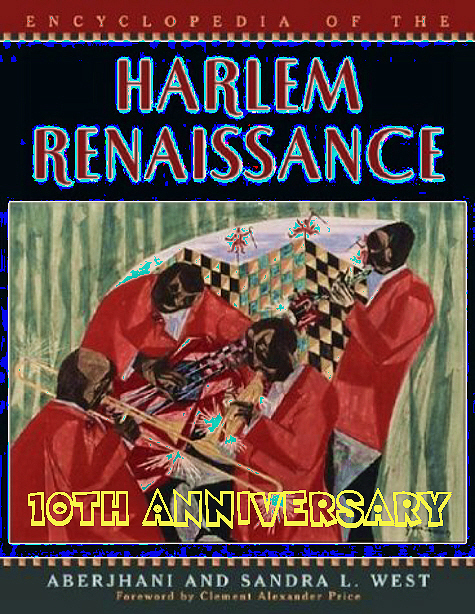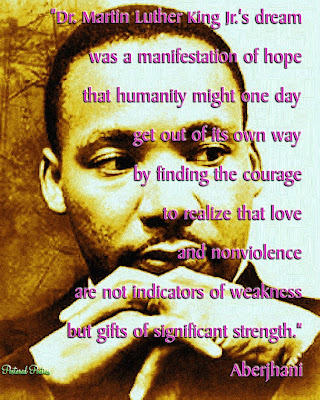Text and Meaning in Langston Hughes' The Negro Artist and the Racial Mountain (part 1) - by Aberjhani

Classic portrait of Langston Hughes by the German artist Winold Reiss (Credit: Smithsonian Magazine) “We know we are beautiful. And ugly too. The tom-tom cries and the tom-tom laughs.”––Langston Hughes Among the superstars who recently joined late-night television talk show host Arsenio Hall on the set of his newly-revived program was hip-hop pioneer and mogul Russell Simmons. In addition to expressing enthusiasm over sharing meditation with his children and exploring new film opportunities in Hollywood, Simmons spoke briefly and somewhat reservedly about a recent controversy involving artistic freedom versus social responsibility. Without going into details about the scandal-plagued “Harriet Tubman Sex Tape” video that he posted on, and then quickly removed from, his All Def Digital YouTube channel, Simmons admitted the backlash it created prompted the only instance where he felt compelled––after being pressured by different civil rights organizations––to withdraw artis

